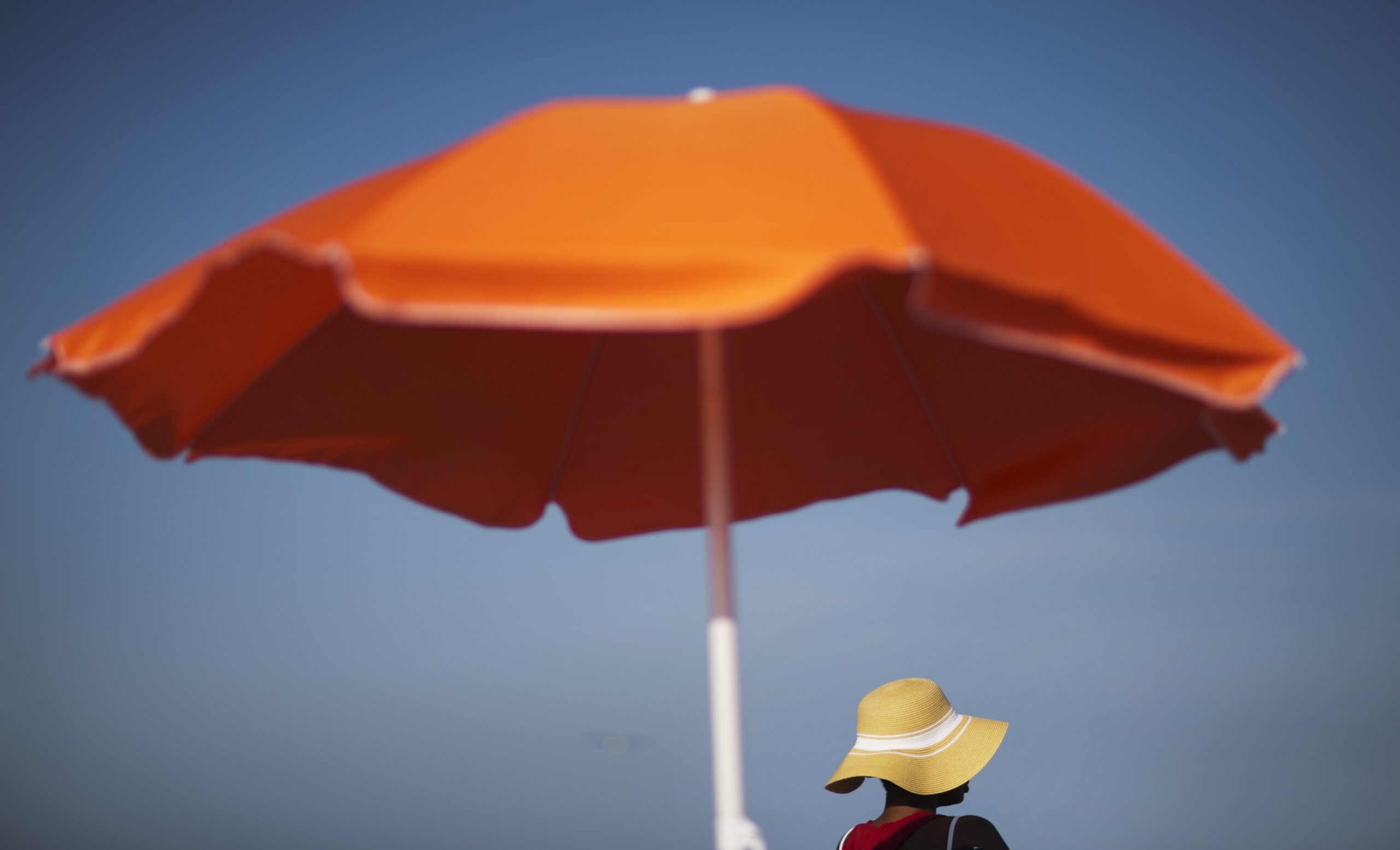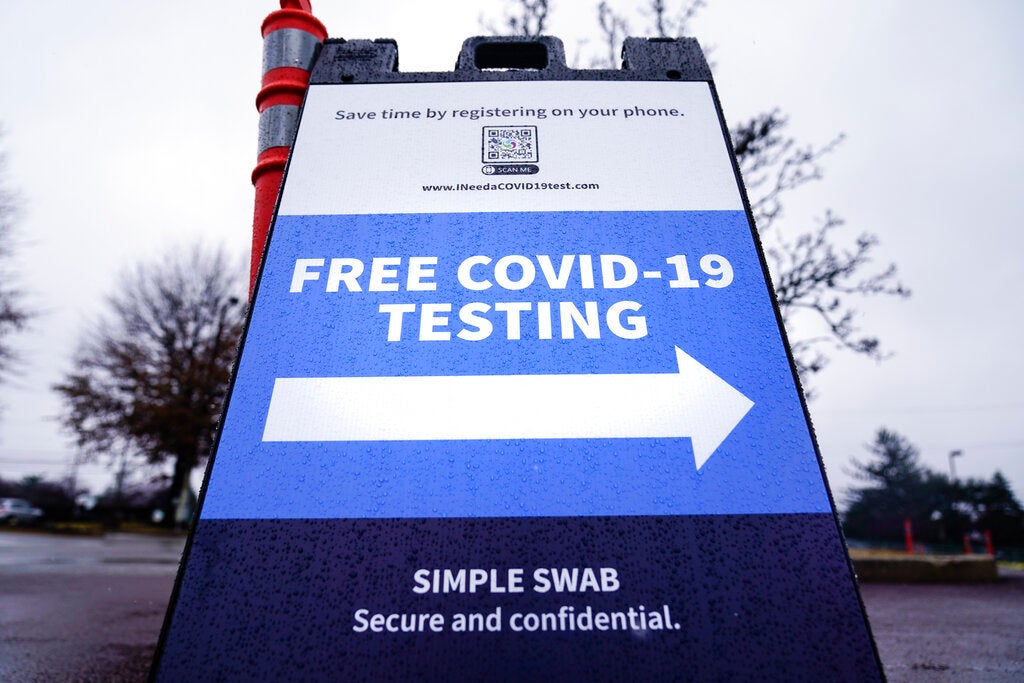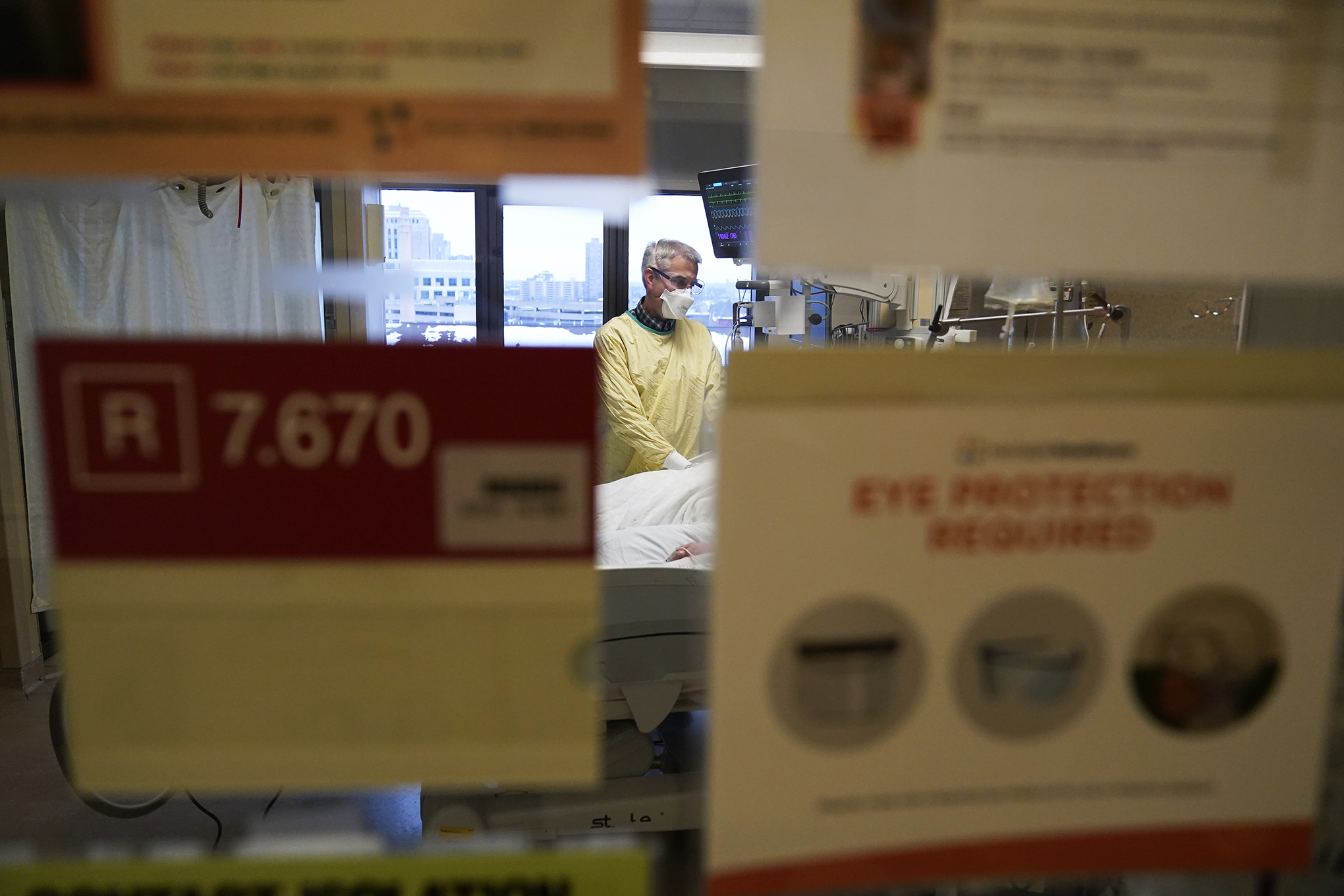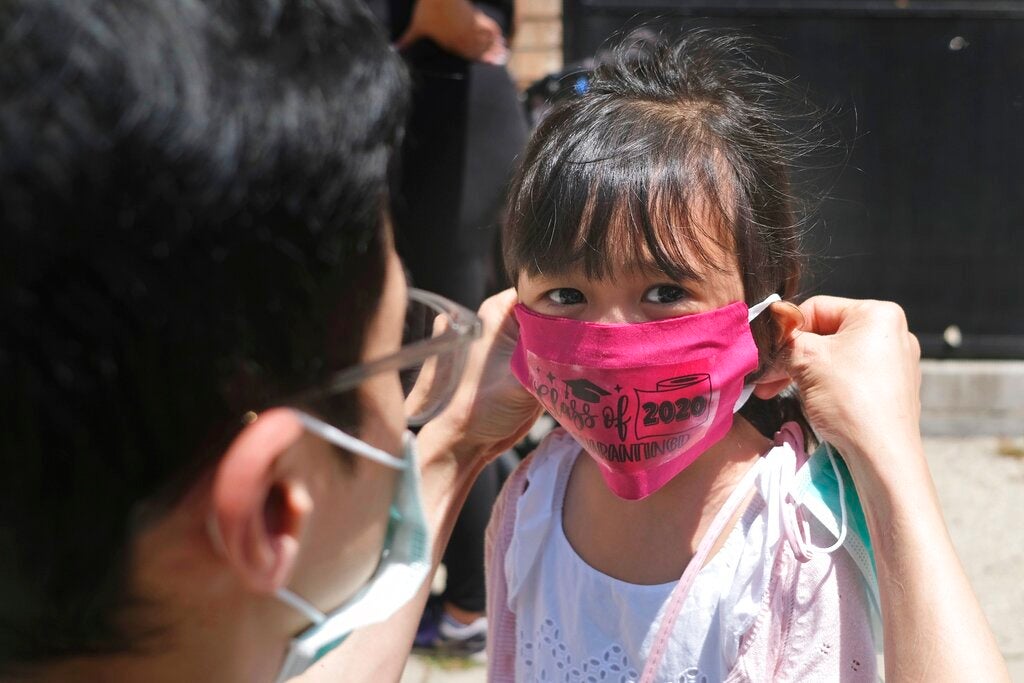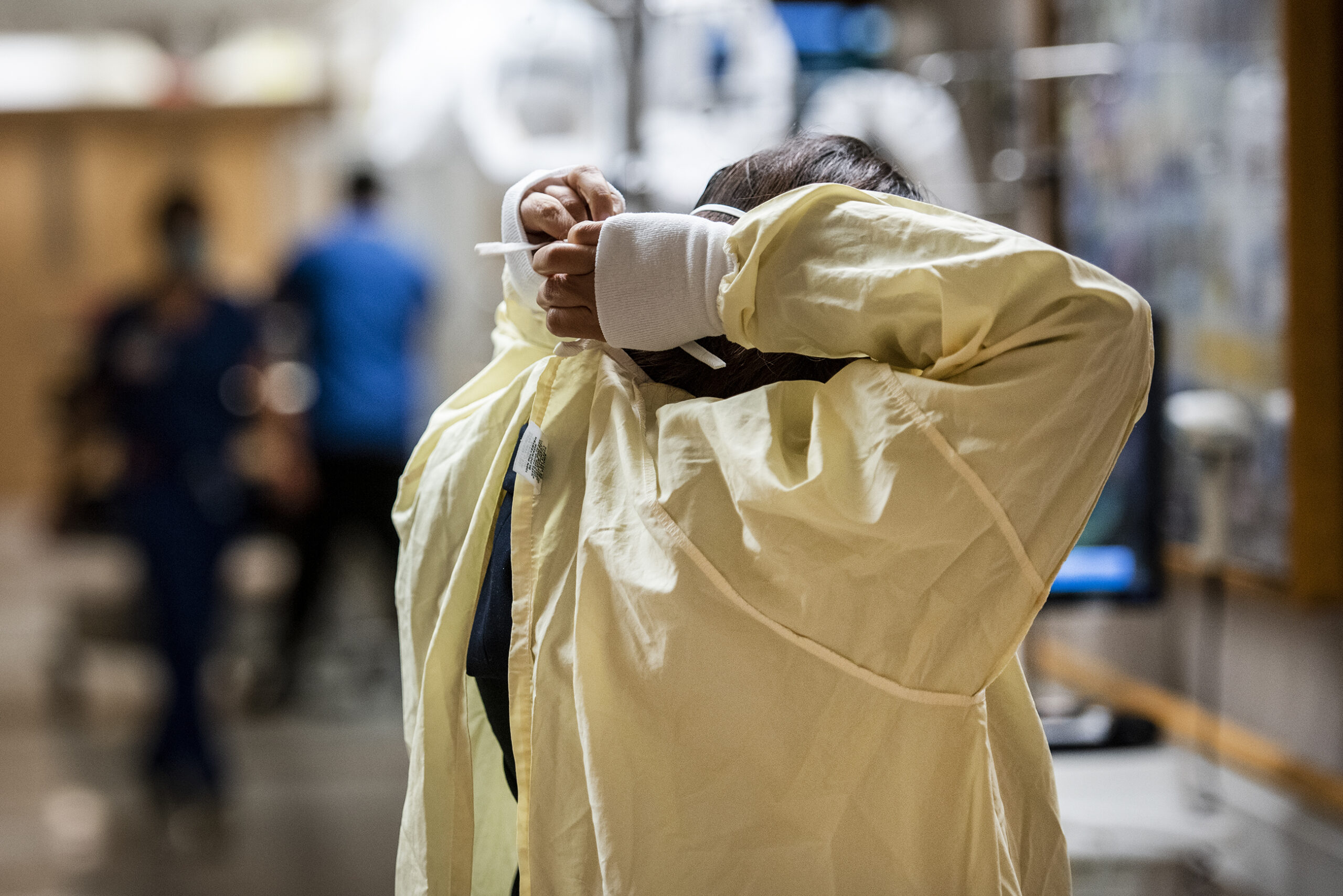There is no such thing as waterproof sunscreen. Tanning beds are “extremely dangerous.” And yes, people of color need to wear sunscreen, too.
Those are a few nuggets of skin care advice from Dr. Olushola Akinshemoyin Vaughn, a dermatologist with the Froedtert Clinical Cancer Center and an assistant professor at the Medical College of Wisconsin.
Vaughn recently joined WPR’s “The Morning Show” to dispel myths and misconceptions about sunscreen and skin health.
Stay informed on the latest news
Sign up for WPR’s email newsletter.
The following was edited for clarity and brevity.

Kate Archer Kent: Do we really need to wear sunscreen every day?
Dr. Olushola Akinshemoyin Vaughn: Yes, we do. I think it’s not realistic for most people to put sunscreen on everywhere. A friend asked me just yesterday, “Should I be putting sunscreen on under my clothes?” Board-certified dermatologists understand that people have to live their lives.
They have done studies showing that daily use of sunscreen reduces UV-exposure-related skin damage more than even using higher SPF (sunscreen) sometimes.
I use sunscreen on my face and the back of my hands every day. No matter if it’s cloudy (or) it’s the middle of winter. I just use it as a moisturizer, and I put it on every day. On my kids, I don’t do that because they’re not going to tolerate that before they walk to school in November. But when I know that they’re going to be outside, I really lather them up with sunscreen. And I do think it’s important.
KAK: What level SPF should we be wearing?
OAV: There is thinking now that (with) SPF over 50, you get to the point where it’s such minor improvements that it doesn’t really make a difference — and even that sunscreens shouldn’t be allowed to be labeled that high.
If someone has SPF 15 and another person has SPF 30, that 30 is not working twice as well as the 15. It’s like the SPF 15 might protect you 90 percent and the SPF 30 might protect you 96 percent. So, it’s improving, but it’s not doubling.
I think that everybody should buy the one that they can afford that has the highest SPF. But after 50, I don’t think it’s worth the money.
KAK: Do you have any recommendations on waterproof sunscreen?
OAV: There’s no such thing as waterproof, actually. It’s all called water-resistant because it will wear off more slowly, but all sunscreens are going to wear off. There’s nothing that you put on and then you don’t have to do it again. Usually, those water-resistant formulations will wear off in about 40 to 80 minutes.
Now, for me and for my kids, what I much prefer is sun-protective clothing. We all have sun shirts now.
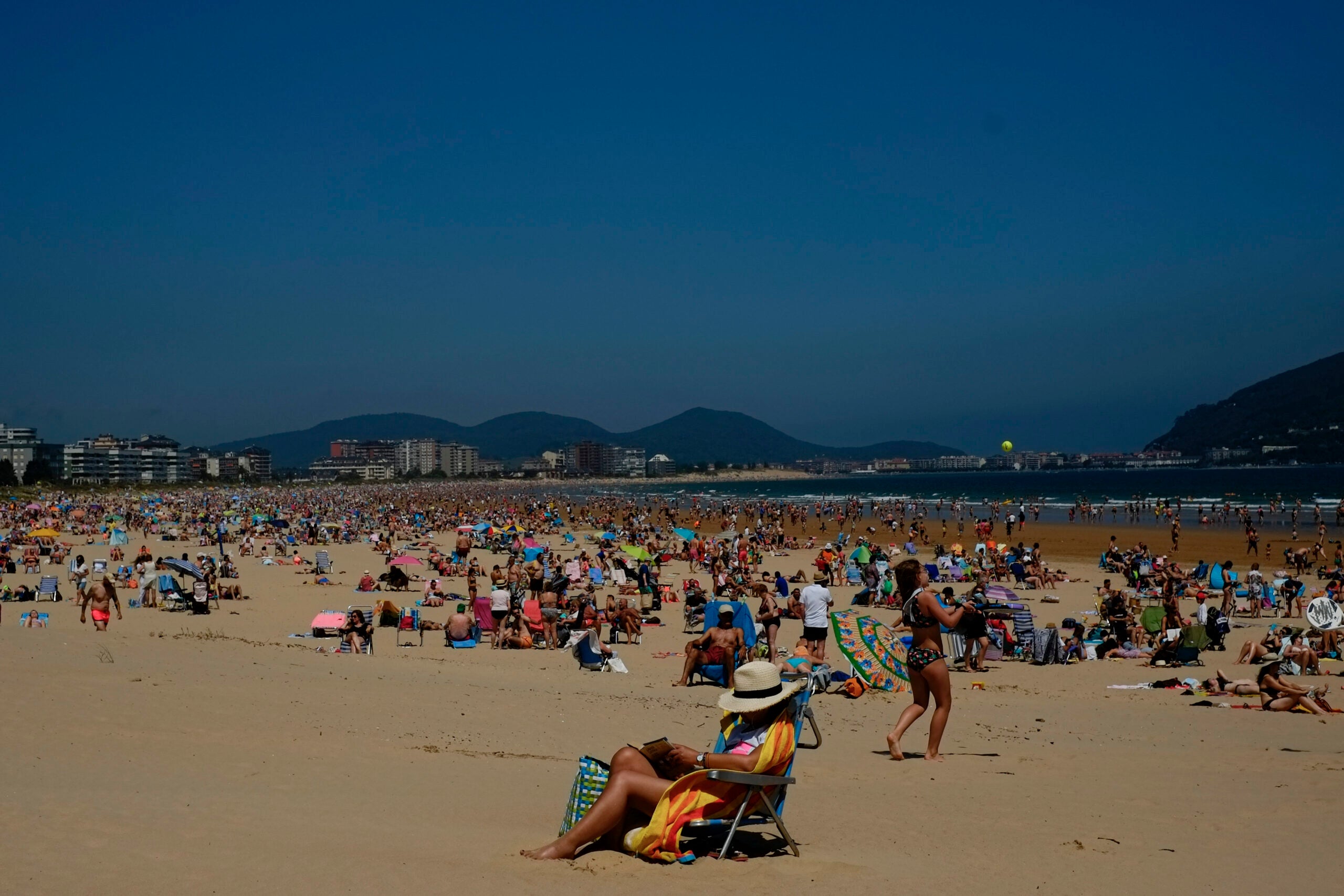
KAK: Can skin cancer be traced back to sunburns from childhood?
OAV: Yes, it certainly can.
When people come in, we ask: Have you ever used a tanning bed and have you ever had a blistering sunburn? That blistering sunburn is the part that parents can really affect. A single blistering sunburn can — I think the last thing I saw was double your risk of melanoma (in a) lifetime. … A blistering (is when) you saw little bubbles on the skin. Those are so bad for you. If your child has had that, then it’s a sign that from then on out, you need to be insane about the sunscreen, hats, sunglasses, shirts, avoidance.
Caller: Are there any potential adverse reactions to the chemicals in sunscreen products?
OAV: The biggest adverse effect would be an allergic reaction to the sunscreen itself. There’s a condition called Allergic Contact Dermatitis or ACD. And sunscreens make up about 1 percent of all the ACD reactions. The physical blockers — zinc oxide and titanium dioxide — are much less likely to cause an allergic reaction. So, I do recommend those. I like the physical blockers the best.
KAK: Is there different guidance for people of color on all this?
OAV: This is near and dear to my heart because I’m a Black woman — I’m mixed race. My children are mixed race, and I slather them with sunscreen. Even if you have dark skin, the average SPF that Black skin will give you is about 13. So, you do have some additional protection, but I don’t think anybody would go out with SPF 13 and feel like they’re in great shape and well-protected. So, yes, Black people need sunscreen. People of color need sunscreen.
And even more important: The reason why racial and ethnic minorities especially need to pay attention to this is because the melanomas and skin cancers that people of color get tend to be worse. Their outcomes are worse for a lot of reasons. They receive care later. They’re discovered in later stages. They aren’t utilizing the medical system as well. They maybe have lower socioeconomic status. There are a lot of other variables that are causing them to not get treatment or to have as good of care.
Wisconsin Public Radio, © Copyright 2025, Board of Regents of the University of Wisconsin System and Wisconsin Educational Communications Board.
